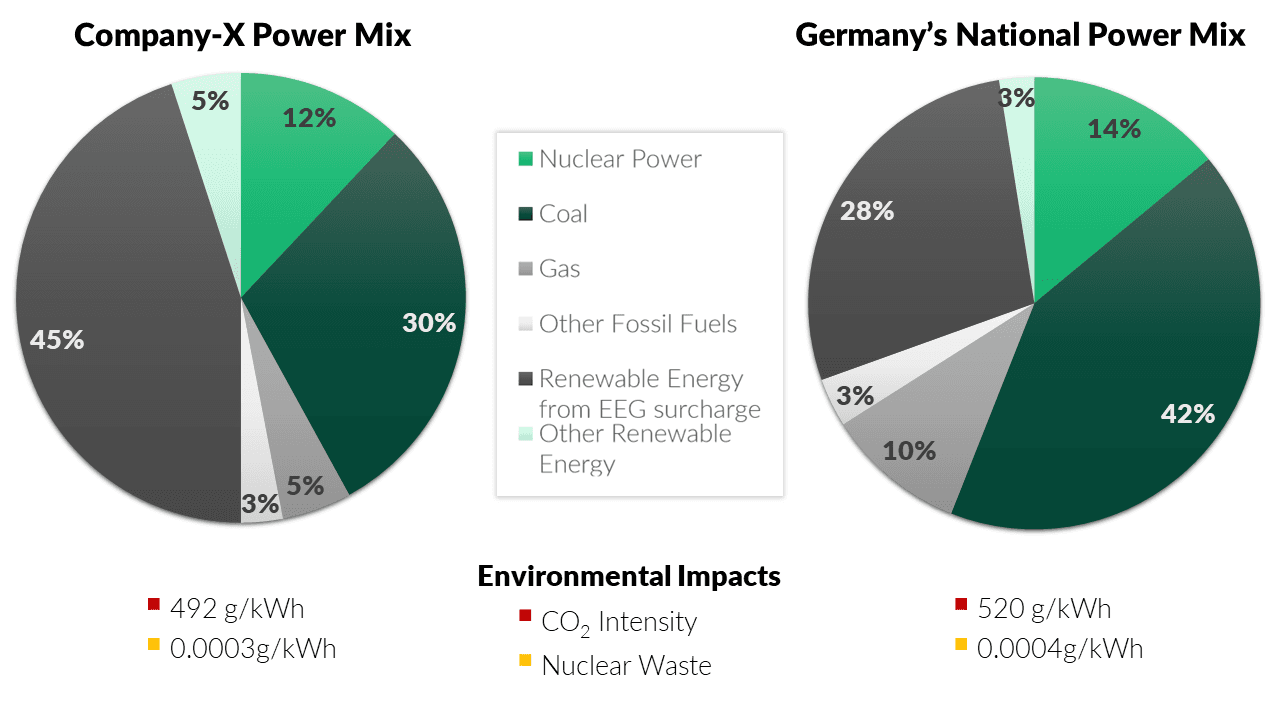29.08.2023 / 08:20
Guarantees of Origin Demystified – Part 1: Transparency of Fuel Mix Disclosures in Electricity Bills
Energy Markets

The market share of renewable electricity has expanded dramatically in recent years in Germany and the EU. Electricity consumers are increasingly aware of and concerned with the origins of their electricity – particularly how ‘green’ it is. As a result, organizations are progressively adopting ambitious sustainability targets which often include a commitment to the use of renewable energy. This article is the first in a new series that explores how electricity consumers can be provided with assurance that the renewable energy they are paying for, is indeed from renewable sources.
Requirements for Suppliers
Since the liberalization of Germany’s electricity market, there has been a concerted effort to provide consumers with easily accessible and transparent information. In 2012, the Energy Industry Act (Section 42 EnWG) and the Renewable Energies Act (Section 54 EEG) were amended to establish concrete requirements for electricity suppliers. Specifically, these requirements mandate that:
Suppliers disclose the energy sources used to generate the electricity within their balancing group on customers’ annual electricity bills. This is referred to as an electricity label (Stromkennzeichnung).
To ensure that the information on the electricity label is presented in a clear and understandable manner, data on energy sources is segmented and visualized, often in the form of a pie chart, as illustrated in the Figure below.
Suppliers are required to specify the CO2 emissions and nuclear waste values per kWh associated with each energy source.
To enable meaningful comparisons, the average values for these factors across Germany are also indicated.

Issues and Opportunities for Improvement
Although the electricity label provides valuable information to consumers several issues and opportunities for improvement have been raised:
Electricity purchased on an electricity exchange, is considered to be of unknown origin (or grey electricity). Within the current legal framework, designating electricity as being from an unknown origin is not permitted as discussed above. Suppliers therefore assign such ‘grey’ electricity purchased from the exchange, to specific energy sources, based on the corrected ENTSO-E mix. This prevents consumers from accurately identifying the sources of the electricity they have purchased. Consumers thereby remain unaware of what percentage of electricity is from unknown origins.
The sale and repurchasing of electricity on exchanges provides an avenue for eliminating certain unpopular electricity sources – e.g. nuclear – from the label.
The existing electricity labeling does not reflect the procurement behavior of electricity distributors. This is because every supplier is required to list the green electricity subsidized under EEG as a green feature (grünen Eigenschaft). As such, a significant and constantly increasing percentage of EEG green electricity appears on every electricity label - even if the supplier had made no adjustments to their procurement practices.
There is a lack of differentiation between various forms of energy, with renewable energies being treated as a homogeneous unit despite their different production conditions and energy sources.
Conclusion
In conclusion, electricity labeling has played an important role in providing users with information on the mix of energy sources that make up their electricity consumption. However, there are several opportunities for improvement.
➡️ The second part in this series will consider the role of Guarantees of Origin (GoO) certificates in mitigating the abovementioned transparency issues, and how they may serve to promote sustainable energy practices.
